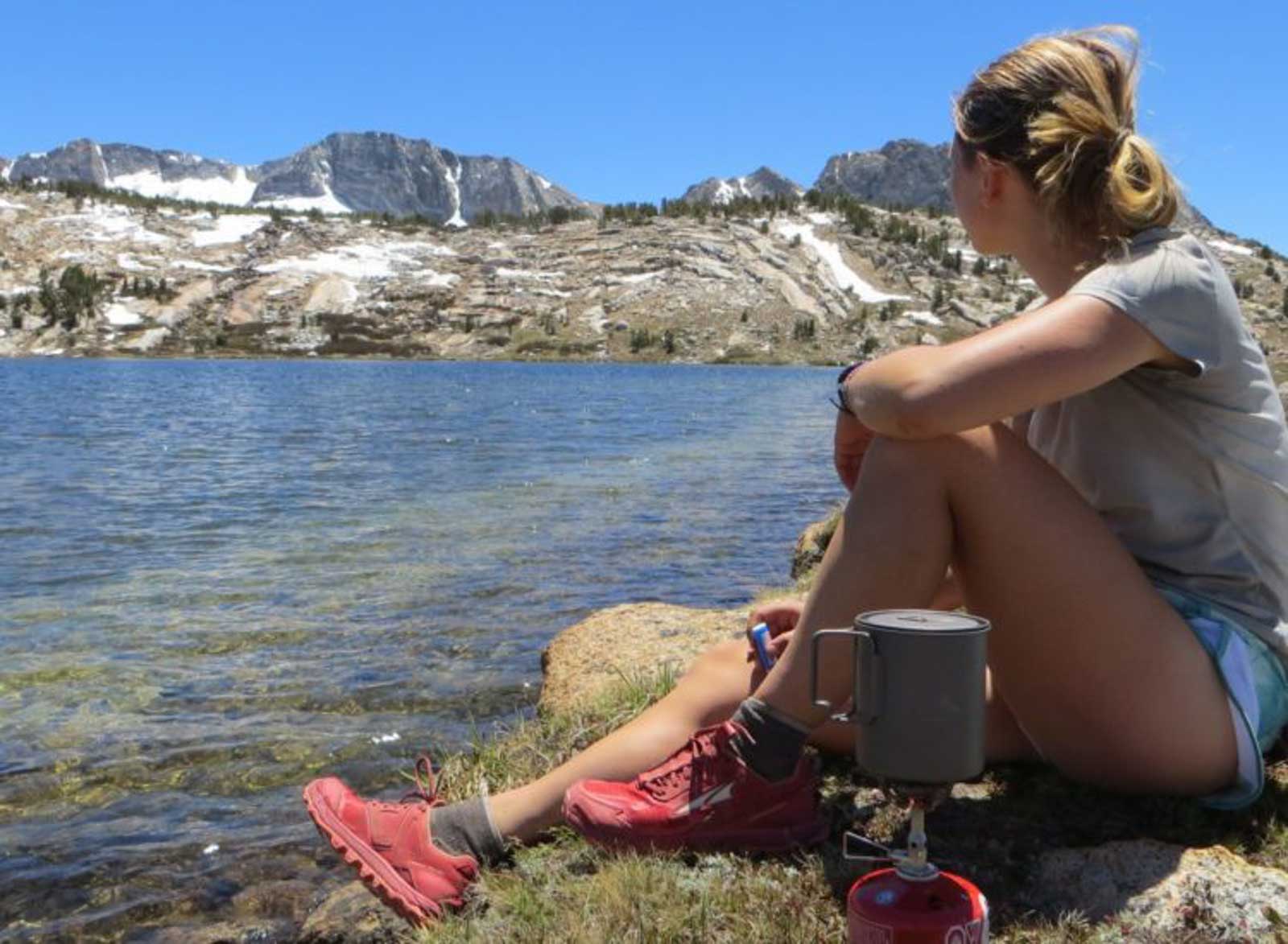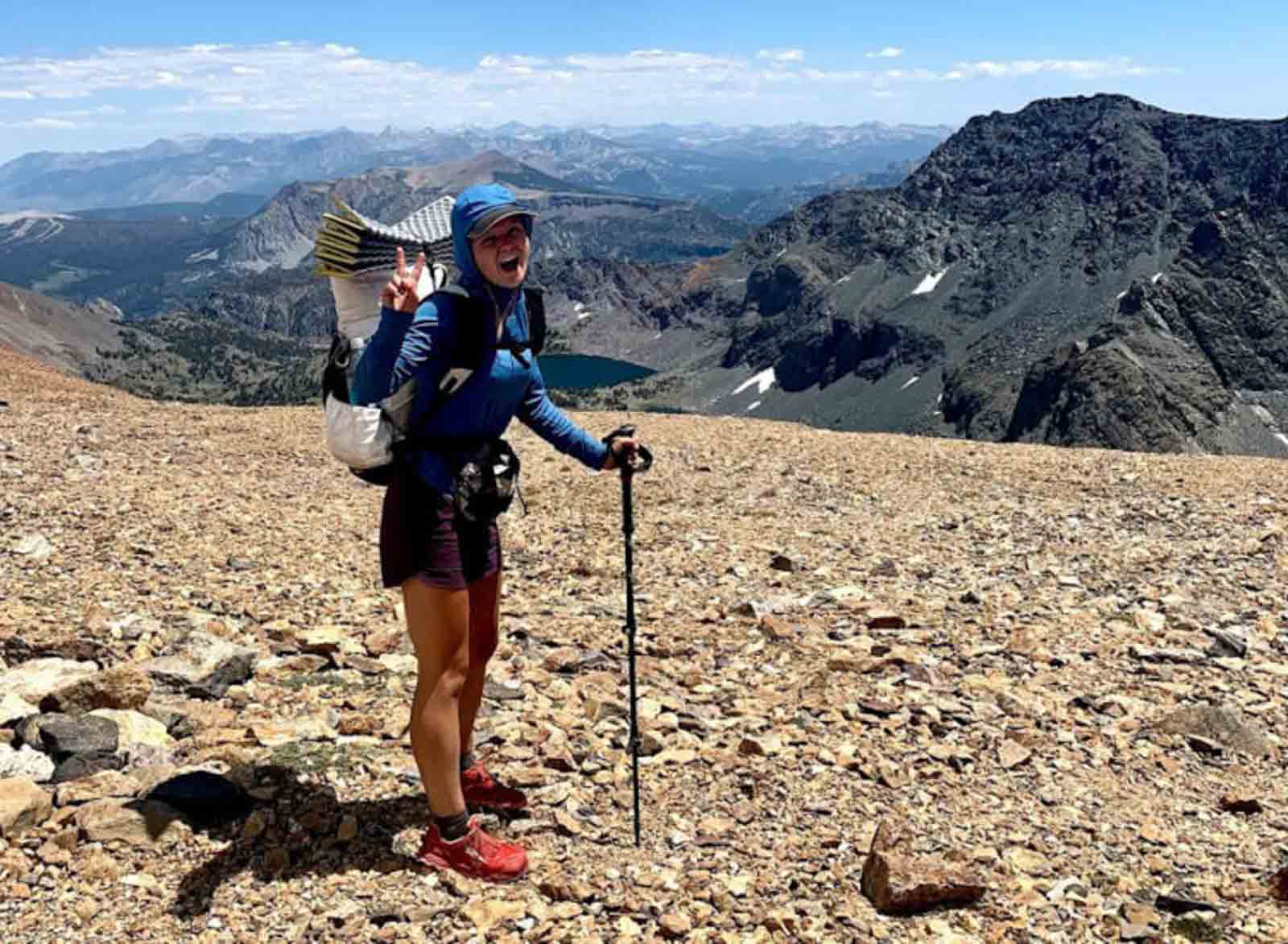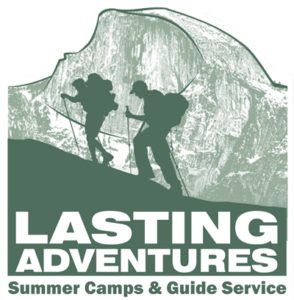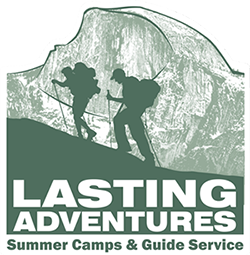An intro to ultralight backpacking, and some tips to get you started!
By Lasting Adventures intern, Lindsey Skidmore
If you’ve been backpacking, you are probably well aware of the feelings of bruised hips and aching knees after a few nights in the backcountry. Ultralight backpacking aims to remedy these problems through minimalism and the use of lighter gear. Lightweight backpacking is considered to be a base weight, or the weight of your pack minus food and water, of 20 pounds or less, ultralight being a base weight of 10 pounds or less, and super ultralight is a base weight of 5 pounds or less.
With a lighter base weight, you can hike faster and more miles with fewer injuries.
For this reason, many thru-hikers adopt this style of backpacking. Now, going ultralight is not something that I would recommend for first-time backpackers, it requires a level of backcountry knowledge and familiarity with backpacking gear. That being said, it could very well be the perfect style of backpacking for you if you have prior backpacking experience.

Some resources I found helpful when transitioning from a traditional backpacking style to UL backpacking were the Ultralight Reddit, R/Ultralight, YouTubers such as JupiterHikes and Cotezi, and the use of the website Lighter Pack. R/Ultralight offers great advice on ways to lighten your pack, from suggestions on budget-friendly UL gear, to cold-soaking recipes. The website Lighter Pack allows you to visualize your base weight by individually weighing everything that goes into your pack and sorting groups of gear into categories. This lets you see what pieces of gear are the heaviest so that you can upgrade to lighter, more efficient gear. Your Lighter Pack can also be shared with others, and they can provide feedback and gear suggestions (mine is linked below for reference).
One of the main criticisms that ultralight backpacking receives is that, in general, lighter gear is more expensive. While this is often the case,
my favorite way to upgrade gear is through purchasing slightly-used gear.
You can buy used gear in a couple of places: local gear stores, r/ULgeartrade, or Facebook groups such as the UL Hiking Gear Swap group.

Another downside of ultralight gear is that it tends to be less durable than traditional backpacking equipment due to lighter materials used. However, if you take good care of your gear, it can last a long time. Some of my favorite pieces of ultralight gear are my Altra Lone Peak 4.5 trail running shoes (which I got used at REI Co-op for $20!), my Feathered Friends Egret 30 sleeping bag, my Pa’lante Desert Pack, and my Melanzana microgrid fleece, just to name a few.
Lasting Adventures lightens our packs by using lightweight tarp systems such as the Big Agnes Ptarmigan.
And some other popular ultralight brands to get started in your research are Enlightened Equipment, Gossamer Gear, Zpacks, and Hyperlight Mountain Gear.
While ultralight backpacking has been a perfect fit for me, I recognize that it certainly isn’t for everyone and all circumstances; some people prefer their 90L backpack and camp chair when backpacking, and that is awesome too! Regardless of how you backpack, hike your own hike. The most important thing is to get out there in whatever style you like!
Check out Lindsey’s Lighterpack setup here.
MORE
An introduction to backpacking: Young Adventurers Camp for youth ages 11-13
Advanced backpacking skills: a 27-day leadership course for teens
Family backpacking for beginners: The May Lake to Snow Creek tour

